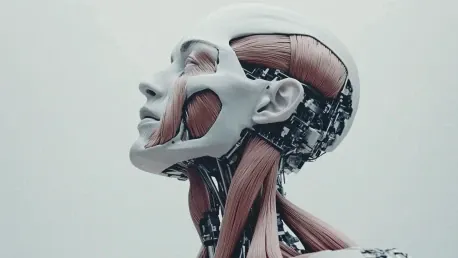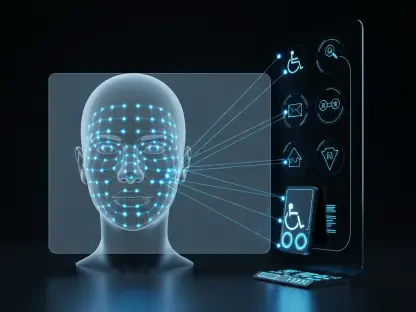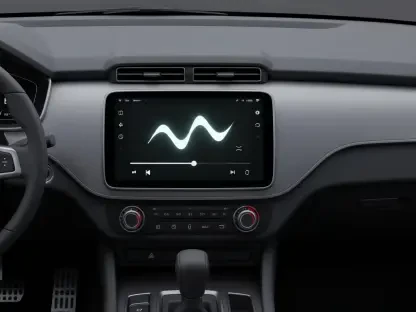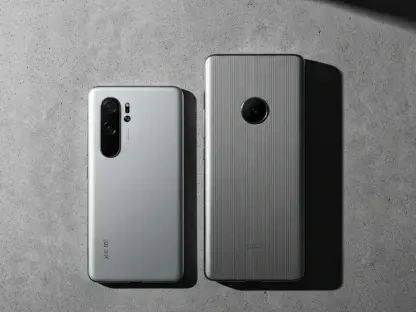In a groundbreaking development, engineers at MIT have created artificial muscles capable of flexing and twitching in multiple directions. This innovation offers a pathway for developing robots that boast movements similar to those of biological organisms. The merging of synthetic and biological components in bioengineering aims to enhance functionality and adaptability in various applications, from surgical procedures to underwater explorations.
Introduction to Biohybrid Robots
Engineers at MIT have devised an unprecedented method to grow artificial muscle tissues capable of twitching and flexing in various directions. This innovation promises to surpass the limitations of previous artificial muscles, which typically pulled in a singular direction. Such advancements facilitate new soft robots capable of navigating complex environments and performing tasks that rigid robots cannot.
The concept of biohybrid robots powered by artificially grown muscle fibers has faced significant challenges, particularly in creating muscles capable of complex, multidirectional movements. Skeletal muscles in biological organisms have fibers aligned in multiple directions, allowing for intricate movement patterns—a feature that has been difficult to replicate artificially.
Methodology and Breakthroughs
The innovation in this research is the development of a “stamping” technique to create the desired muscle patterns. Researchers used a small, 3D-printed handheld stamp patterned with microscopic grooves. By pressing this stamp into a soft hydrogel and seeding the grooves with real muscle cells, they managed to grow fibers that adhered to the imprinted patterns within the hydrogel.
This process allowed the creation of muscle tissue that contracted in multiple directions. The artificial muscle mimicked the human iris, which adjusts the pupil through coordinated radial and concentric pulls, serving as a proof of concept. When stimulated, the muscle contracted in directions dictated by the fibers’ orientations, mirroring the functionality of a natural iris.
Applications and Potential Impact
The creation of such complex artificial muscle tissues has significant implications for soft robotics and bioengineering. Soft robots powered by these muscles could maneuver tight spaces, making them ideal for search and rescue operations, medical procedures, and underwater exploration. These muscles also herald potential advances in medical applications, such as developing artificial tissues to restore function in individuals with neuromuscular injuries.
Raman’s lab at MIT, which focuses on engineering biological materials mimicking real tissues in terms of sensing, activity, and responsiveness, aims to apply these innovations broadly. Muscles that move with natural complexity and precision could revolutionize biohybrid robots, enabling them to perform more sophisticated and adaptive tasks.
In practice, the versatility of these artificial muscles could lead to advancements in a variety of sectors. For instance, the ability to replicate the nuanced movements of natural muscles opens up possibilities for creating more responsive prosthetics. Additionally, in soft robotics, the enhanced flexibility can enable robots to undertake tasks that require a gentle yet precise touch, such as intricate surgical procedures or delicate assembly tasks in industrial settings.
Future Directions
This development is a significant milestone, but researchers aim to expand on this foundation. Future work involves applying the stamping method to other cell types, exploring different muscle architectures, and improving stimulation and control methods for these artificial muscles. The modular nature of the stamping approach suggests it could be adapted to grow other types of tissues, such as neurons and heart cells, broadening its application scope.
This versatility underscores the technique’s potential in bioengineering and regenerative medicine. By varying the patterns and types of cells used in the stamping process, researchers can potentially create tissues with a wide range of functional capabilities. The ability to engineer tissues with specific properties could lead to customized treatments for various medical conditions, making regenerative medicine more personalized and effective.
Underwater Exploration and Scalability
One exciting potential is creating biohybrid robots for underwater exploration. Using soft biological muscles instead of traditional rigid actuators could result in more energy-efficient robots that are also biodegradable and sustainable. These robots could navigate complex underwater environments similarly to natural marine organisms, offering innovative means of exploring and understanding aquatic ecosystems.
Further, the scalability of their approach was demonstrated by showing that the stamp could be fabricated with conventional tabletop 3D printers. This accessibility is crucial for the widespread adoption of the technique in various research and application contexts. The stamping method promises to advance soft robotics, biohybrid systems, tissue engineering, and regenerative medicine.
The flexibility and robustness of this approach mean it can be adapted to various environmental conditions. Underwater exploration robots designed with these new muscles could be employed in marine biology studies, deep-sea exploration, and environmental monitoring. The ability to create biodegradable robots also aligns with the growing emphasis on sustainability, reducing environmental impact compared to conventional materials.
Conclusion and Reflections
In a groundbreaking achievement, engineers at MIT have successfully developed artificial muscles that can flex and twitch in multiple directions. This remarkable innovation holds great promise for advancing the field of robotics by enabling machines to mimic the complex movements of biological organisms. By integrating synthetic and biological components, bioengineering is pushing the boundaries of what robots can do, enhancing their functionality and adaptability across a wide range of applications.
One potential advantage of these artificial muscles is their use in surgical procedures. By providing more precise and flexible movements, they could revolutionize the way surgeries are performed, leading to less invasive and more effective treatments. Moreover, these innovations could play a crucial role in underwater explorations, where robots must operate in challenging and variable environments. The ability to maneuver more like sea creatures could significantly aid in research and recovery missions in the depths of the oceans.
The implications of this technology extend beyond mere robotics. They could pave the way for new medical devices, assistive technologies for individuals with mobility impairments, and even the development of more life-like prosthetics. This synergy between synthetic and biological elements opens up endless possibilities, transforming not only the capabilities of machines but also the quality of human life.









